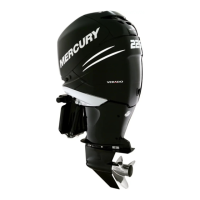
Do you have a question about the Mercury 200 and is the answer not in the manual?
| Fuel Induction System | Electronic Fuel Injection (EFI) |
|---|---|
| Displacement | 3.0L (181 cubic inches) |
| Horsepower | 200 HP |
| Alternator Output | 60-amp |
| Shaft Length | 20", 25" |
| Steering | Hydraulic |
| Weight | 505 lbs (20" shaft), 515 lbs (25" shaft) |
| Starting System | Electric |
Process for transferring limited warranty to a new owner.
Steps for registering the product for warranty coverage.
Outlines warranty coverage periods and conditions for different regions.
Specifies what is covered and what is excluded from warranty.
Operator's duties for safe operation and boat handling.
Essential pre-operation checks and safety alerts.
Guidance on matching engine power to boat capacity.
Recommendations for operating high-performance boats.
Guidelines for selecting and using appropriate gasoline.
Specifies the correct type of oil for the engine.
Specific fuel needs during the engine's initial break-in period.
Overview of components and functions of the remote control.
Explains the outboard's warning horn signals and functions.
Operation and adjustment of the outboard's trim and tilt system.
Essential checks to perform before starting the engine.
Procedures for operating the outboard in cold weather.
Guidelines for using the outboard in marine environments.
General advice for keeping the outboard in optimal condition.
Recommended schedule for inspections and maintenance tasks.
Lists common reasons for the engine failing to start.
Possible causes for reduced engine performance.
Troubleshooting steps for battery charging issues.
Guidance on seeking service from authorized dealers.
Procedures for obtaining service when traveling.
Contact information for Mercury Marine service offices worldwide.
Guidance on matching engine power to boat capacity.
Safety feature preventing engine start in gear.
Guidance on selecting and installing compatible accessories.
Proper procedures for trailering the boat with the outboard.
Tips to prevent restrictions in the fuel supply system.
Instructions for filling the outboard's remote oil tank.
Procedures for safely filling the boat's fuel tank.
Monitors engine sensors for problems and provides protection.
How engine performance is affected by altitude.
Adjusting trim angle for idle operation to prevent issues.
Step-by-step guide for starting the outboard engine.
Proper procedures for shifting gears on the outboard.
How to safely shut down the outboard engine.
Information on the emission certification label and its meaning.
Guidance on choosing genuine Mercury replacement parts.
Owner's duties regarding engine maintenance and emissions.
Instructions for flushing the cooling system with fresh water.
Steps for removing and reinstalling the engine's top cowl.
How to clean and protect the outboard's exterior finish.
Maintenance and inspection of the fuel system components.
Proper use and torque for steering link rod fasteners.
Procedure for replacing blown fuses in the wiring circuits.
Role and inspection of anodes for corrosion protection.
Importance and steps for inspecting the outboard's battery.
Step-by-step guide for replacing the outboard propeller.
How to inspect, gap, and replace spark plugs.
Locations and methods for lubricating outboard components.
How to check and refill the power trim fluid.
Procedures for checking and changing gearcase lubricant.
Service requirements for an outboard that has been submerged.
Steps to prepare the outboard for long-term storage.
How to protect internal engine parts during storage.
Protecting external parts from corrosion and damage during storage.
Correct orientation of the outboard for storage.
Addresses issues causing the engine to run unevenly.
How to inquire about replacement parts and accessories.
Steps to follow if dealership cannot resolve a problem.
Specific fuel needs during the engine's initial break-in period.
Specifies the correct type of oil for the engine.
Tips to prevent restrictions in the fuel supply system.
Information on portable and permanent fuel tank installation.
Steps for filling and priming the fuel system.
Transom opening and engine centerline specifications.
Safety precautions and procedure for lifting the outboard.
Instructions for routing and installing the starboard steering cable.
Proper use and torque for steering link rod fasteners.
Chart and guidelines for selecting the optimal outboard mounting height.
Steps for accurately drilling mounting holes on the transom.
Procedures for securely attaching the outboard to the boat transom.
How to verify the strength of the boat transom for mounting.
Connecting electrical, fuel, oil, and control systems.
Requirements and safety for engine starting batteries.
Proper connection of battery cables to the starting battery.
Connecting fuel, oil, and water hoses/tubing.
Procedure for installing the shift cable to the engine.
Finding the cable's center point for proper adjustment.
Steps for adjusting the shift cable for correct engagement.
Procedures for installing and adjusting the throttle cable.
Adjusting the trim limit pin for safe operation.
Steps for installing the front clamp assembly for routing cables.
Procedures for filling the oil system for the outboard.
Steps to prime the oil injection pump before starting.
How to remove air from the engine oil tank.
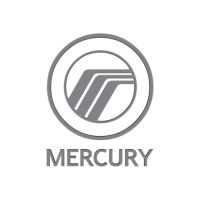
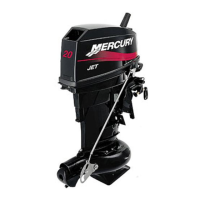

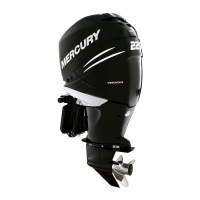

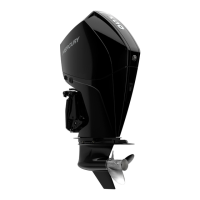

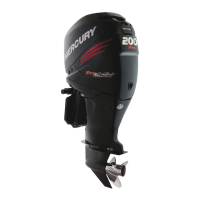
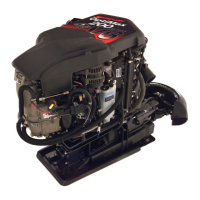


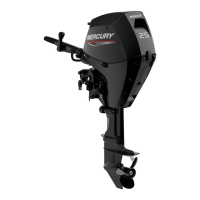
